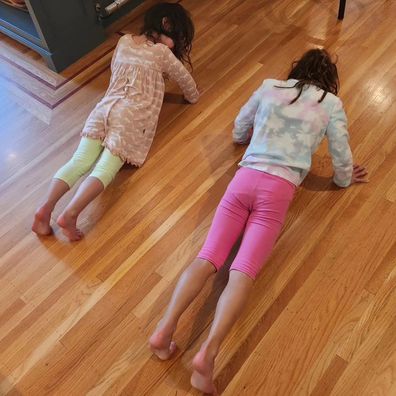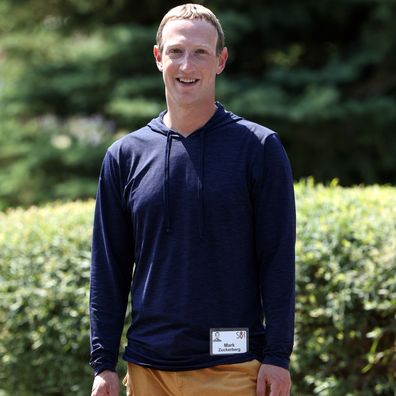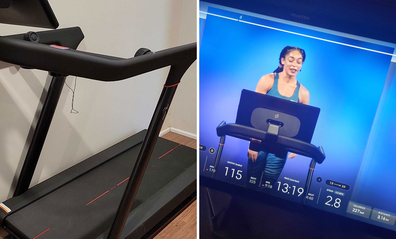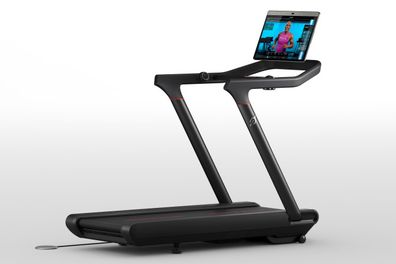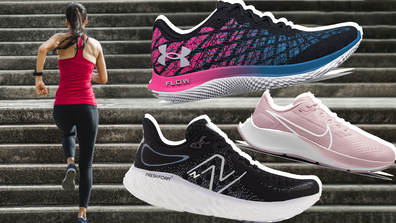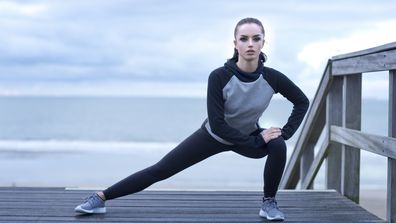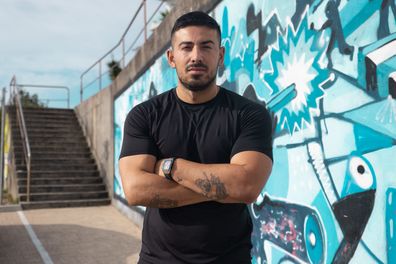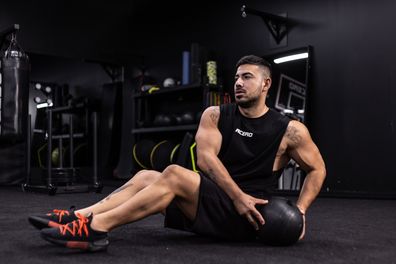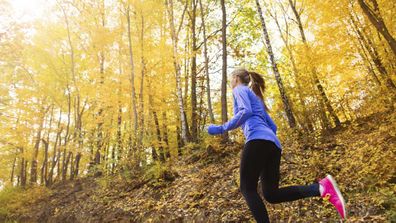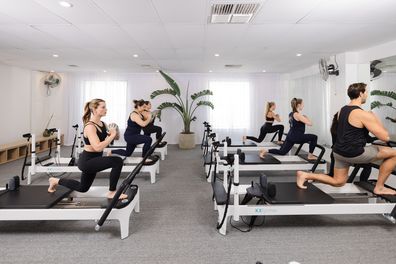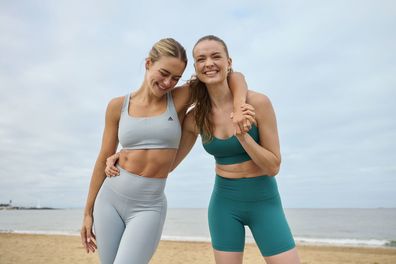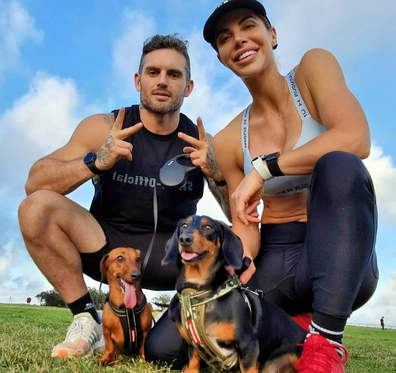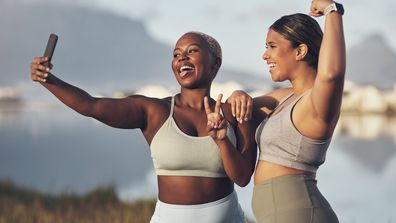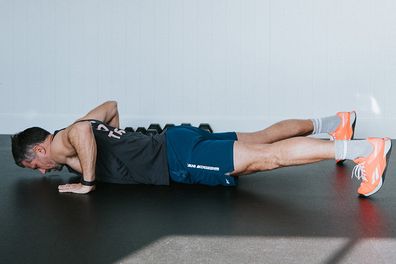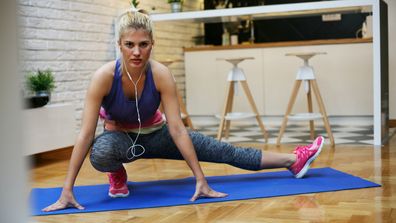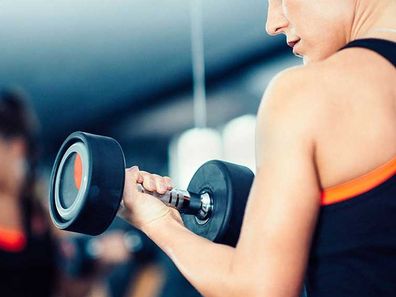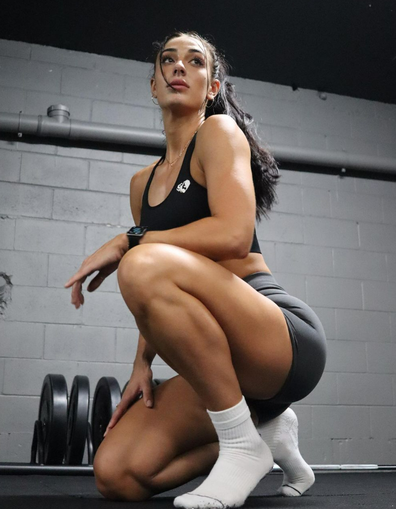For anyone who experiences a period, you likely know that sometimes you feel like doing absolutely nothing that involves getting up off the couch.
And that is completely fine! But there is a way to use your monthly cycle as a way to get the most out of your exercise routine.
“As our hormones are constantly fluctuating we are actually able to adapt the way we approach physical activity to how we feel throughout the cycle,” Lydia O’Donnell, run coach and co-founder of Femmi, tells 9Honey Coach.
“The most important point to understand is that every person is different and their experience with their cycle is different.”
READ MORE: What causes DOMS and how to prevent muscle soreness
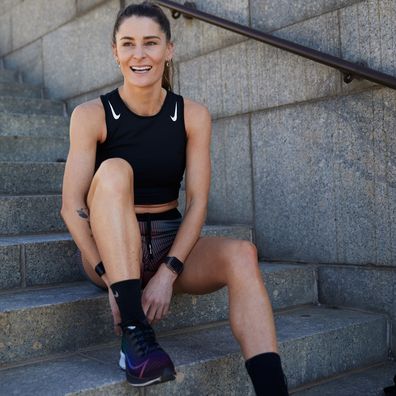
The main phases of a ‘typical’ menstrual cycle
The menstrual cycle can be broken down into two major phases – the follicular phase and the luteal phase. These phases are then broken down further into sub phases.
The follicular phase is the first half of the cycle, with day one being the first day of your period. The follicular phase contains the menstruation sub-phase and goes through until the ovulatory sub-phase.
In a ‘text book’ 28-day cycle, this follicular phase usually lasts around 14 days (or the first two weeks of a 4 week cycle).
“During the follicular phase, female hormones, progesterone and oestrogen, are at their lowest. Throughout the follicular phase and as the cycle heads into ovulatory phase, oestrogen rises to its peak and then drops off again,” O’Donnell explains.
“Oestrogen is an anabolic hormone and can aid in how we feel throughout physical activity, our mood and energy.”
READ MORE: Five exercises everyone should do to maintain strength for life

The second half of the cycle us known as the luteal phase and is dominated by the female sex hormone progesterone. Progesterone begins to rise after ovulation and will peak around day 24-25 (in that textbook cycle of 28 days) before it drops off leading into the start of the next period which signals the beginning of the next menstrual cycle.
“In contrast to oestrogen, progesterone is a catabolic hormone. It can cause an increase in core body temperature, making physical activity feel slightly harder, and may also be a contributing factor to PMS symptoms,” she says.
“With these fluctuations happening constantly, it is no wonder those who menstruate can feel completely different one day to the next. By understanding the changes that are going on and understanding our bodies, we are so much more empowered in ourselves.”
How to maximise exercise in each phase
During the follicular phase, hormones start low. Oestrogen will then rise to its peak for ovulation to occur, and O’Donnell says we can actually benefit from oestrogen’s effect on the body.
“When approaching exercise, we tend to encourage lifting intensity throughout this phase, if we are feeling good. As we know that oestrogen is anabolic, it helps us to build lean muscle mass, we can push hard, recover better and adapt to training faster,” she says.
In the luteal phase, progesterone becomes dominant, if you are someone who is affected by this rise, it is encouraged to pull back the intensity of training and potentially add in an extra rest day or two.

“The increase in our core body temperature in this phase means it can be harder to regulate it while exercising, especially in warmer temperatures,” she says, adding that it can often take longer to recover as well.
“This doesn’t mean you should not exercise or train at all, but instead focus on lighter intensity training that doesn’t raise the heart rate quite as high.”
But of course, everyone is affected differently by their cycle and has their own experience, which is why O’Donnell is an advocate for tracking your cycle.
READ MORE: ‘There is no way I can run for eight minutes straight’
How to track your cycle
Using apps like Apple’s Cycle Tracking is an accessible way to track your health, according to O’Donnell.
“Over time you should begin to understand what is going on and why you potentially feel a particular way on some days, and different on others,” she says, pointing out how you can add information like symptoms and mood.
“You may also pick up on any potential irregularities in your cycle, and you too can begin to use your cycle as a sign of your health, as well as to benefit off your hormonal fluctuations in your own form of training, exercise, or movement.
“You will begin to feel more in control of yourself and empowered by the way your body is working for you.”

By learning about her own body and tracking her cycle, O’Donnell was able to completely change her life.
“I grew up barely speaking about my period. I grew up believing that my cycle was a ‘nuisance’. As an elite female athlete I believed losing my cycle was a good thing, almost a badge of honour,” she admits.
“But after learning about my menstrual cycle and how my body is constantly changing and evolving, I began to celebrate my period. I now use my period as a sign of my health, a new beginning that represents I am looking after myself, training in a way that is right for me and fuelling my body to achieve the goals I am chasing.
“Not only did I start to love my body and appreciate it for what it is physically capable of, I also began to gain so much more confidence in myself as a woman. The female body is amazing and we should never feel afraid to talk about a bodily function that is a vital sign of our health. This is why we started Femmi, to encourage other women to learn about their bodies and feel empowered by the way their bodies move.”
For a daily dose of 9Honey, subscribe to our newsletter here


